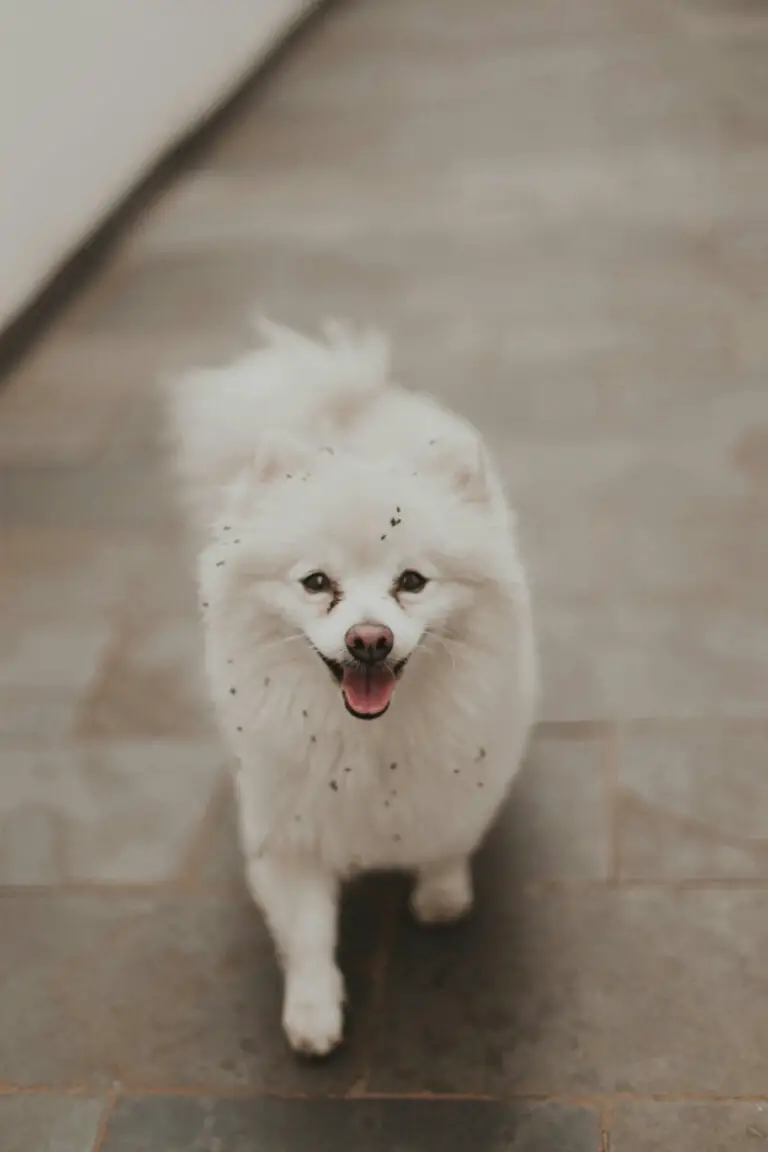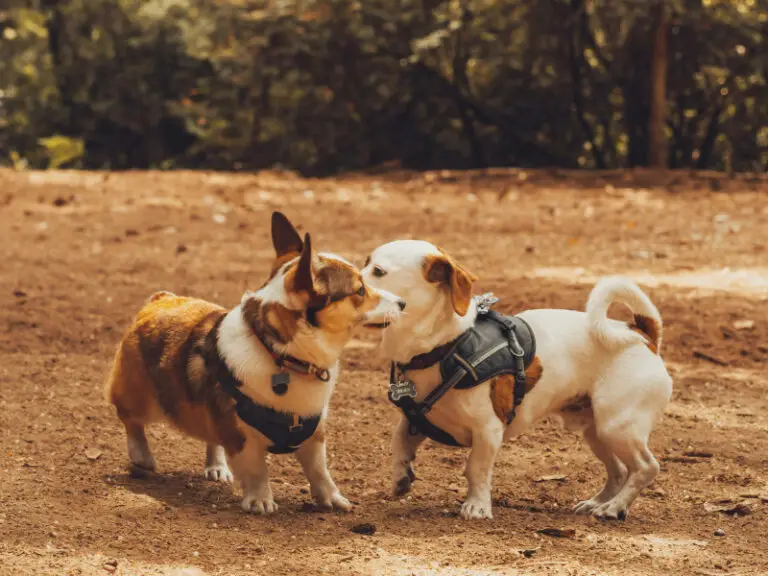The schnauzer is one of the most loved dogs as pets, not only because of its peculiar furry appearance but also because of its intelligent, sociable and faithful personality. As its name indicates, the schnauzer history originates in Germany; however, there is still some debate about the circumstances and mix of breeds that gave rise to today’s schnauzer.
In this article, we have reviewed several theories discussed by experts of schnauzer history and we will tell you a summary of what seems to be the most credible version of the birth of the schnauzer breed.
Table of Contents
Where and how did the standard schnauzer originate?
Note: It should be noted that there is no precise and unique written record of the schnauzer history. No one can say for sure when and how the schnauzer was created.
Most of the available evidence indicates that the schnauzer history originated in southern Germany, between the 14th and 15th centuries.
Medieval life at the time required the use of a working dog. This was to be a medium-sized, agile and versatile dog, capable not only of accompanying merchants and farmers on their long journeys but also of helping them protect their loads and keeping vermin at bay.
The first schnauzer is believed to have been bred from a cross between the black German poodle, the gray wolf spitz, and the wire-haired pinscher. Its physical appearance was very similar to the appearance of the pinscher, which is why at the beginning it was known by the same name: “wire-haired pinscher”.
They were even considered the same race; however, the fact that their hair had a slightly different structure led to it later being classified as a separate breed.
As the story goes, in 1879 the 3rd German International Exhibition was held. In this event, 3 wire-haired pinschers were registered, whose owner responded to the name of C. Berger from Württemburg.
Interestingly, the winner of the meeting was a dog named “Schnauzer”, an event that gave rise to the famous name. Little by little, all dogs of this breed began to be known as schnauzers (mustached muzzle).
The name comes from the German word “schnauzer”, which means muzzle, and obviously refers to the wonderful whiskers that stand out on the face of this dog.
Here are 7 unique facts about schnauzer history:
- Perfect Combo. This breed turned out to be the perfect combination of working and hunting skills. Throughout schnauzer history, these dogs were used widely as farm dogs. It was very useful for the extermination of mice and other pests, the protection of family and property, the raising of flocks of sheep and cattle, as well as the protection of farmers during trips to the market.
- Common Ancestors. Although they now look nothing alike, schnauzer history and pinscher history have something in common. Modern schnauzers and pinschers share the same ancestors. The original Smooth-Coated Pinscher was bred to the soft coat of today’s Miniature Pinscher and Doberman Pinscher, while the Wire-Coated Pinscher was bred to the rough coat of the modern Schnauzer.
- WWI Guard Dogs. The Standard Schnauzer is known to have been used as a guard dog by the German Army and Red Cross carriers during World War I. The soldiers felt great admiration and respect for the courage and spirit of these dogs.
- Arriving in the US. The breed is believed to have first arrived in the United Kingdom and the United States around the year 1900. They were probably brought to England and the New World as pets of immigrant families and returning travelers or traders.
- Famous Art. Art has been decisive in determining the emergence of this breed. The schnauzer is represented in numerous artistic works of the time in which its origin is framed, for example, a statue in Mecklenburg (Germany) dating from the fourteenth century, which shows a hunter with a schnauzer crouching at his feet. It also appears in several paintings by the painter Albrecht Durer (1471-1528), in a 1501 tapestry by Lucas Cranach, and in paintings by famous artists such as the Dutch master Rembrandt (17th century) and the English painter Joshua Reynolds (1723-1792).
- Salt and Pepper. In the beginning, there was the black schnauzer, and the salt and pepper schnauzer, but today we can find other colors, such as the silver black schnauzer and the pure white schnauzer.
- Crossing Breeds. In the mid-19th century, German dog breeders began to show great interest in this versatile native breed. Thus came the idea of crossing the medium schnauzer with other breeds to obtain a miniature schnauzer and, later, a giant schnauzer.
See: How Many Types of Schnauzers Are There? Characteristics and Differences
What is the origin of the miniature schnauzer?
Like the original schnauzer, there are no exact records of the origin of the miniature schnauzer. But one thing is clear, the intention was to create a smaller version of the standard dog. The oldest known record speaks of a female miniature schnauzer, black, named Findel and born in October 1888.
In general, most sources agree that these dogs developed in the mid to late 19th century in Germany. It is believed that it was by crossing the standard schnauzer with smaller breeds, such as the miniature pinscher, the affenpinscher, and perhaps the poodle or pomeranian. In Germany, they are known as zwerg schnauzer ( zwerg means “dwarf” ).
During World Wars I and II, dog breeding was quite a difficult activity, particularly in Europe, where some breeds were almost lost. But this did not end the interest in miniature schnauzers; on the contrary, his breeding gained strength after the First World War, becoming a very popular dog.
One of the features that have changed the most since then is the color gamut. Currently, the coat of most miniature schnauzers covers different shades of black and silver, however in the beginning you could find reddish, black, yellow, and tan specimens, among others.
Although originally this schnauzer was used as a watchdog and mouser just like its ancestor, little by little it became closer to what we know today: a charming pet and a constant winner in dog shows.
Did you know…?
The miniature schnauzer has been exhibited as a distinct breed since early 1899. Of the three types of schnauzer, this one consistently ranks among the highest AKC registrations.
It is the most popular and coveted breed of schnauzer as a pet. Two of the many personalities who have had a miniature schnauzer are the actor Bill Cosby and the renowned martial arts master, also an actor, Bruce Lee.
How did the giant schnauzer come about?
Of the three types, the giant schnauzer was the last to develop.
Its origin is located in the Bavarian Alps in the mid-nineteenth century, although others claim that the first giant schnauzer was obtained in the 17th century after a mix between a standard schnauzer, great Dane, German shepherd, Doberman, Bouvier des Flandres and rottweiler, among others. The result was an intelligent and more climate-tolerant dog, then known as the Munchener.
Giant schnauzer dogs
Like the standard schnauzer, this dog was bred as a working animal, especially for moving livestock from farms to markets. Later, it was also used as a guard dog in different establishments.
- In Germany, it is known as “riesen schnauzer”, which means giant snout.
- In early schnauzer history, these dogs were trained for police work in Berlin and other German cities in the early 1900s.
- The breed was imported to the United States in the 1930s, however, in the 1960s there were still fewer than 50 registered Giant Schnauzers on the continent.
- It’s not really a giant dog; his name alone indicates that he is the largest of all schnauzers.
- So far we have seen a summary of the most accepted information about schnauzer history. Remember that although they look quite similar, the 3 types (Standard, Miniature, and Giant) are considered to be separate dog breeds.
Quick answers to frequently asked questions about schnauzer history
What is the average lifespan of this breed?
The life expectancy of a standard schnauzer varies between 13 and 16 years ( this is also true for the giant schnauzer ). In the case of the miniature dog, its average lifespan is 12 to 15 years.5
How is schnauzer’s personality?
The schnauzer loves to be the center of attention. He is a very intelligent, curious, creative, and sometimes stubborn dog. He is usually caring and protective of family members. He can show traits of territoriality, especially in the presence of other animals or strange people.
More in: What is the Schnauzer’s Temperament? Character and Personality
Can I have a standard schnauzer in my apartment?
The standard schnauzer is a fairly well-adjusted dog; You can live comfortably in a city apartment as well as on a rural farm, as long as you get enough exercise every day.
Can it be a good pet for homes with children?
Yes. If you have children at home, it is best to opt for the standard schnauzer. Of the three types that exist, this one not only has the right size but also the best character to interact with the little ones at home.
Is the schnauzer prone to diseases?
In general, he has very few health problems. However, it is always recommended that breeding dogs receive regular X-rays to clear up hip dysplasia, as well as other tests to detect possible eye diseases (retinal atrophy, cataracts, glaucoma, dry eye syndrome).
Final thought
We hope that the article has been to your liking and has helped you to better understand the history of this popular pet. Now that you know the origin of the schnauzer, we invite you to discover details about the origin of other popular breeds, such as the Pitbull, the Rottweiler, and the Bichon Frise.
References:




